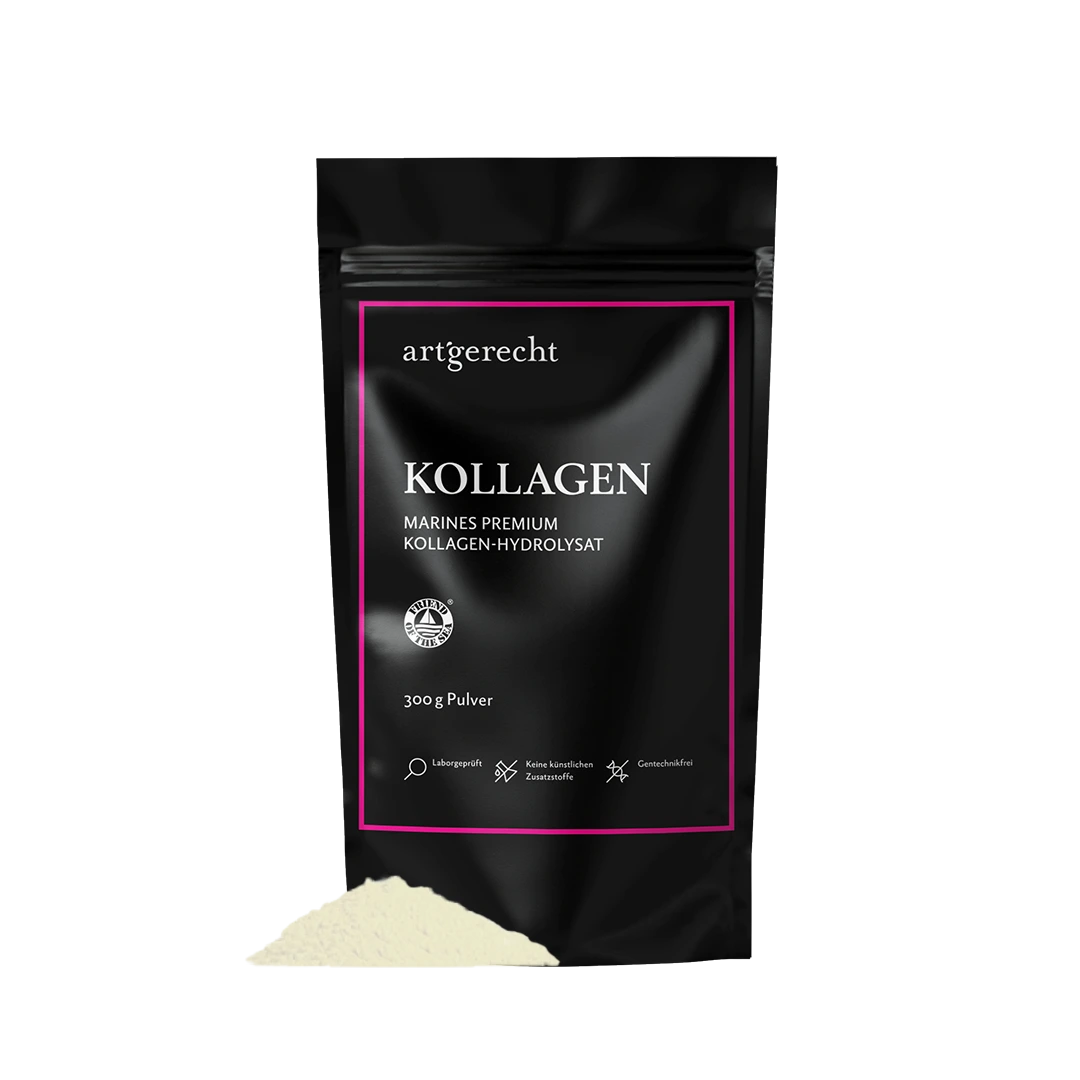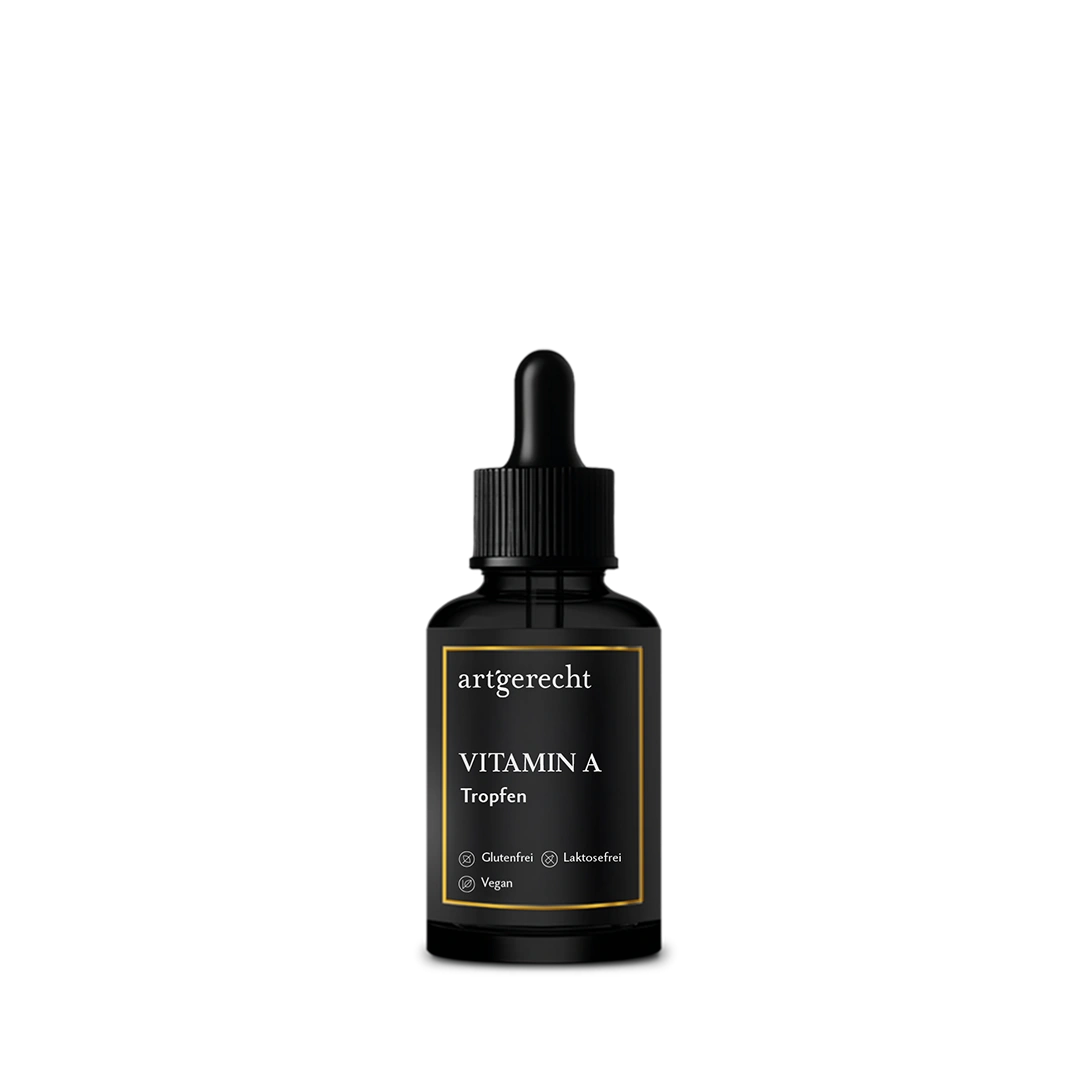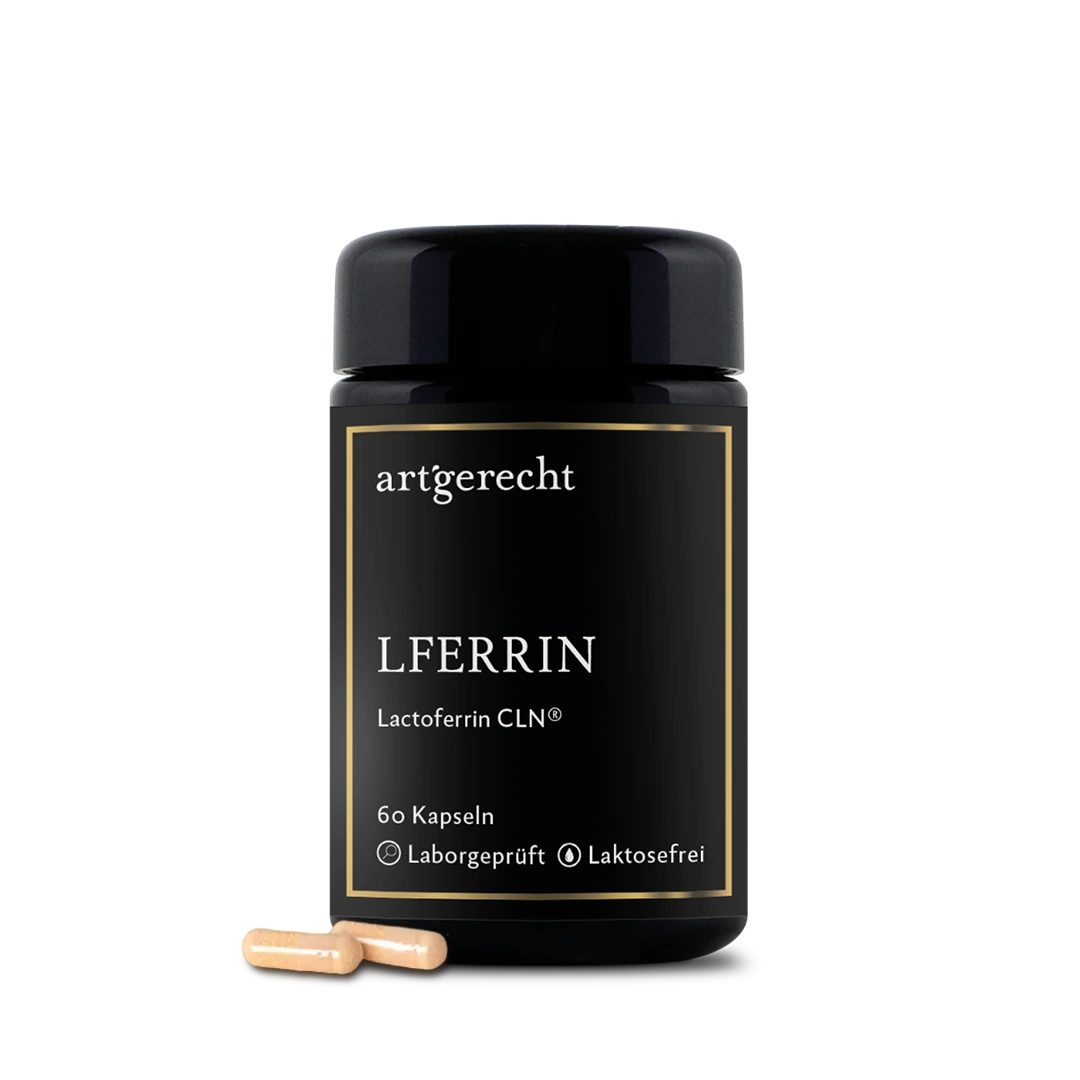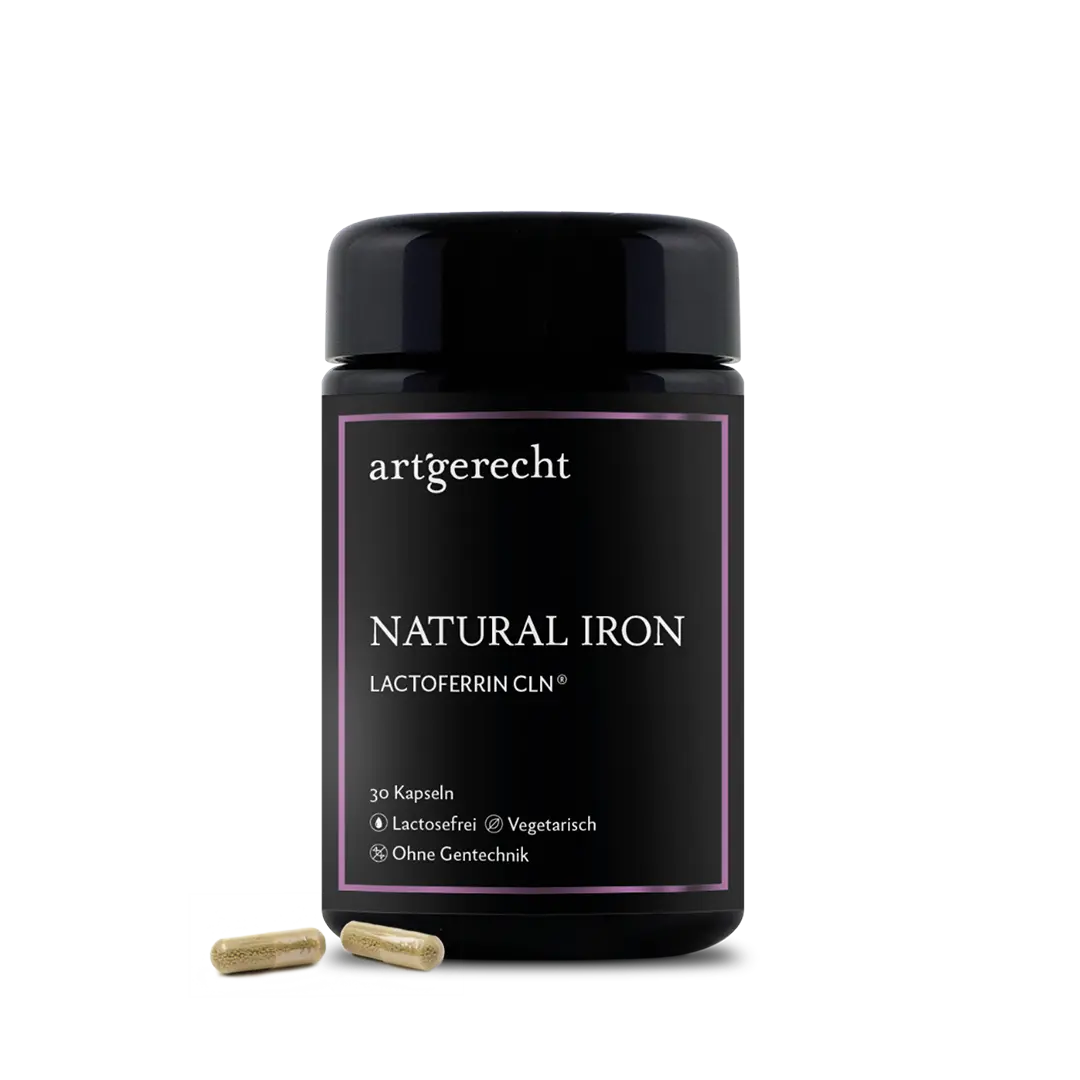The heart is not only a frequently used symbol of love and affection, it is the central organ of our body and our life motor, so to speak. It beats 50 to 100 times per minute, pumps up to 15,000 liters of blood - and therefore oxygen and nutrients - through our body. 10 tips for a healthy heart can be found in this article.
How does the heart work?
The heart is a hollow muscle. A septum divides it into two halves: Each half consists of an atrium and a ventricle. The left ventricle pumps oxygen-rich blood through the artery (aorta) into the systemic circulation. The first branches of the aorta are the coronary vessels (coronary arteries).
The heart supplies organs and tissues continuously with blood – and thus with essential oxygen and nutrients. You can think of the heart as a central pump that drives the blood circulation.
.In adults, the heart beats about 60 to 80 times per minute at rest; with each heartbeat, it pumps blood through the body. When you exert yourself physically, the heart beats faster. This also causes the blood to flow faster through the body. It can then absorb more oxygen per minute in the lungs and supply the body cells with more oxygen.
1. heart-healthy nutrition
One of the best preventive measures is a healthy lifestyle and diet. Ideally, it is best to eat less processed, regional and seasonal foods. A diet rich in fiber and vitamins is particularly good for the heart. This includes fruit and vegetables, e.g. apples, berries, broccoli, kale and carrots. A quantity of 400 to 500 g per day is optimal. Dark berries and apples (unpeeled) in particular contain flavonoids, which have an antioxidant effect and can reduce free radicals and the unhealthy LDL cholesterol.
2. healthy fats
Another important component of a heart-friendly diet is omega-3 fatty acids. These have a lowering effect on cholesterol levels. Omega-3 fatty acids are mainly found in fatty fish such as herring, salmon or mackerel and in high-quality plants, e.g. olives.
.3. exercise-for-a-healthy
heart
In addition to a healthy diet, it helps to prevent cardiovascular disease with sufficient exercise and a moderate sports program. Endurance sports such as jogging, walking or swimming are particularly suitable for this. The heart increases its performance capacity and works more efficiently in the long term. This in turn lowers blood pressure.
4. Observe the biorhythm
The circadian clock controls circadian rhythms. Circadian from Latin: circa – about, approximately, this – day. Synonyms: internal clock, biological clock, circadian clock. By definition, the term „circadian rhythm” means a biological rhythm with a duration of approximately 24 hours (circa=about, this=day). A typical circadian rhythm is therefore the sleep-wake rhythm of humans.
Changes in the circadian rhythms can affect hormone secretion, blood pressure, blood pressure, sleep time and wake time.blood pressure, heart rate, sleep and other physiological processes.
5th sauna for a healthy heart
A study of 2,315 Finnish men aged 42 to 60 years shows that regular sauna use was associated with a significantly lower rate of heart disease. Those who went to the sauna 4 to 7 times a week had a 48% lower risk of a fatal heart disease or heart attack than those who only went to the sauna once a week (Laukkanen, Khan, Zaccardi, & Laukkanen, 2015).
6th sun vitamin: Vitamin D
A proven vitamin D deficiency can increase the risk of cardiovascular disease: Vitamin D deficiency, for example, has been associated with an increased risk of cardiovascular disease (including hypertension, myocardial infarction, peripheral arterial disease, and stroke) in several studies (Wang et al., 2008).
7. Quit smoking
The heart of smokers beats faster than that of non-smokers. The more a person smokes, the higher their resting heart rate (Linneberg et al., 2015).
8th weight reduction
&overweight and obese people have a higher resting heart rate than people of healthy weight (S. Y. Zhang et al, 2016).
9. reduce anxiety
People with anxiety and panic attacks have an increased heart rate (Johnson & Francis, 2014). Anyone affected by this can discuss possible forms of therapy, such as behavioral therapy approaches, with their physician.
10. reduce stress
Fundamentally, stress first of all means nothing negative. Stress puts our body on alert, hormones are released, the heart rate increases and the blood vessels dilate. This enables the body to increase performance and, for example, protect itself from harm in dangerous situations. We also notice this effect in harmless but stressful everyday situations. As long as the stress only occurs for a short period of time, it is not a problem for a healthy heart. When the stress response is activated, the heartbeat is increased. This applies to both short-term and long-term stress. In an observational study of 634 people, people with higher stress levels and low socioeconomic status had higher resting heart rates (A. Zhang et al., 2016).
Literature:
Bischoff-Ferrari, H. A., Shao, A., Dawson-Hughes, B., Hathcock, J., Giovannucci, E., & Willett, W. C. (2010, July). Benefit-risk assessment of vitamin D supplementation. Osteoporosis International. NIH Public Access. https://doi.org/10.1007/s00198-009-1119-3
Farrow, M. R., & Washburn, K. (2019). A Review of Field Experiments on the Effect of Forest Bathing on Anxiety and Heart Rate Variability. Global Advances in Health and Medicine, 8, 216495611984865. https://doi.org/10.1177/2164956119848654
Fiuza-Luces, C., Garatachea, N., Berger, N. A., & Lucia, A. (2013). Exercise is the real polypill. Physiology, 28(5), 330–358. https://doi.org/10.1152/physiol.00019.2013
Johnson, B., & Francis, J. (2014, September 1). Stress and cardiac arrhythmias. Indian Pacing and Electrophysiology Journal. Indian Pacing and Electrophysiology Group. https://doi.org/10.1016/S0972-6292(16)30793-8
Laukkanen, T., Khan, H., Zaccardi, F., & Laukkanen, J. A. (2015). Association between sauna bathing and fatal cardiovascular and all-cause mortality events. JAMA Internal Medicine, 175(4), 542–548. https://doi.org/10.1001/jamainternmed.2014.8187 PM – 25705824 M4 – Citavi
Linneberg, A., Jacobsen, R. K., Skaaby, T., Taylor, A. E., Fluharty, M. E., Jeppesen, J. L., … Husemoen, L. L. N. (2015). Effect of Smoking on Blood Pressure and Resting Heart Rate: A Mendelian Randomization Meta-Analysis in the CARTA Consortium. Circulation: Cardiovascular Genetics, 8(6), 832–841. https://doi.org/10.1161/CIRCGENETICS.115.001225
Nevin, K. G., & Rajamohan, T. (2004). Beneficial effects of virgin coconut oil on lipid parameters and in vitro LDL oxidation. Clinical Biochemistry, 37(9), 830–835. https://doi.org/10.1016/j.clinbiochem.2004.04.010
Wang, T. J., Pencina, M. J., Booth, S. L., Jacques, P. F., Ingelsson, E., Lanier, K., … Vasan, R. S. (2008). Vitamin D deficiency and risk of cardiovascular disease. Circulation, 117(4), 503–511. https://doi.org/10.1161/CIRCULATIONAHA.107.706127
Zhang, A., Hughes, J. T., Brown, A., Lawton, P. D., Cass, A., Hoy, W., … Maple-Brown, L. J. (2016). Resting heart rate, physiological stress and disadvantage in Aboriginal and Torres Strait Islander Australians: analysis from a cross-sectional study. BMC Cardiovascular Disorders, 16(1), 36. https://doi.org/10.1186/s12872-016-0211-9
Zhang, S. Y., Wu, J. H., Zhou, J. W., Liang, Z., Qiu, Q. Y., Xu, T., … Zhang, Y. H. (2016). Overweight, resting heart rate, and prediabetes/diabetes: A population-based prospective cohort study among Inner Mongolians in China. Scientific Reports, 6. https://doi.org/10.1038/srep23939
Passende Produkte
Kürzlich hinzugefügte Beiträge
-
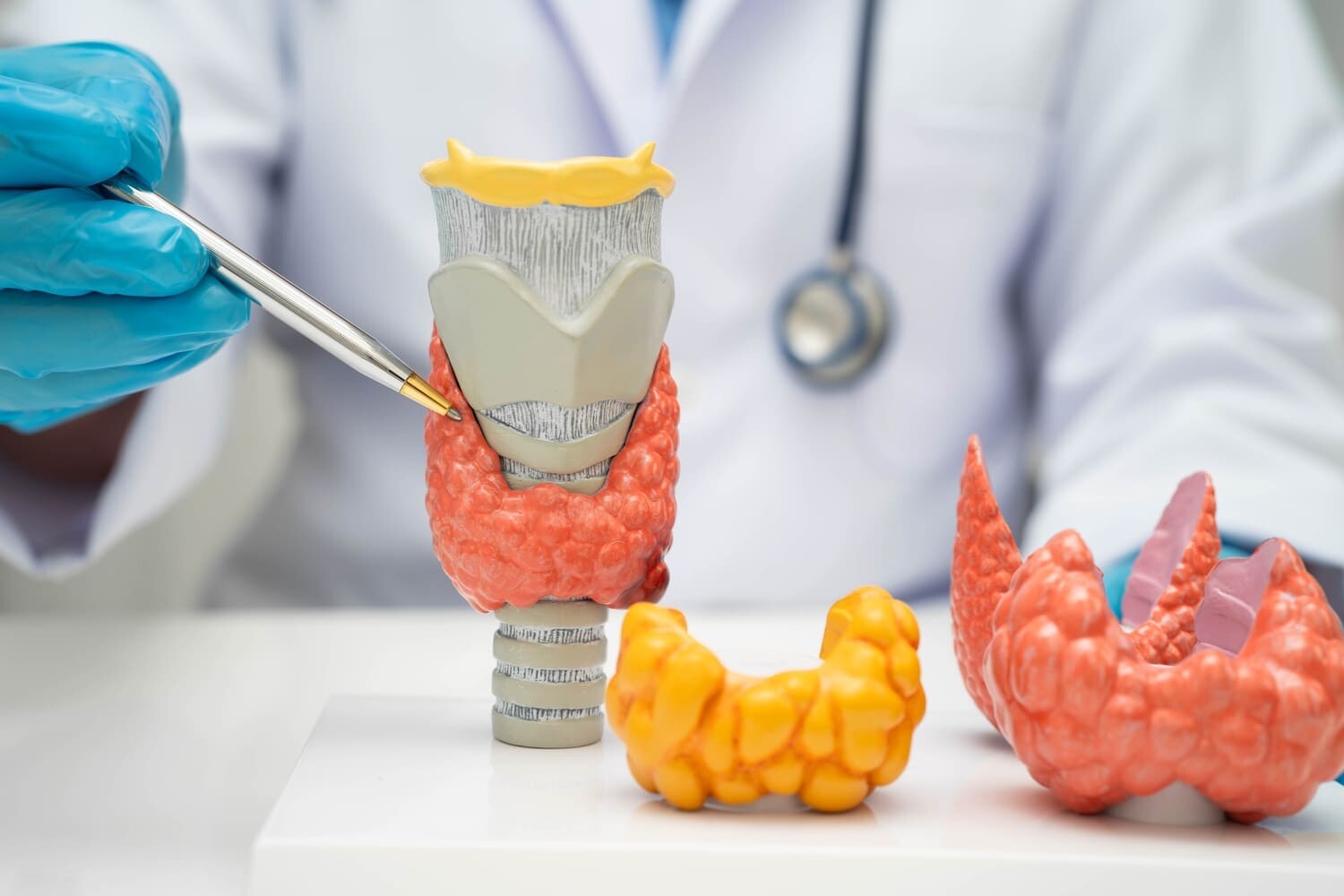 Hypothyreose und Übergewicht – Aktuelle Erkenntnisse und DatenSchilddrüsenunterfunktion verlangsamt den Stoffwechsel und begünstigt Gewichtszunahme. Erfahre Symptome und Tipps zur Unterstützung Deines Körpers.
Hypothyreose und Übergewicht – Aktuelle Erkenntnisse und DatenSchilddrüsenunterfunktion verlangsamt den Stoffwechsel und begünstigt Gewichtszunahme. Erfahre Symptome und Tipps zur Unterstützung Deines Körpers. -
 Elektrolyte – Die unsichtbaren Regisseure unseres KörpersElektrolyte steuern lebenswichtige Prozesse wie Muskelarbeit, Nervenfunktion und Flüssigkeitshaushalt. Erfahre, warum sie für Gesundheit und Leistung so entscheidend sind.
Elektrolyte – Die unsichtbaren Regisseure unseres KörpersElektrolyte steuern lebenswichtige Prozesse wie Muskelarbeit, Nervenfunktion und Flüssigkeitshaushalt. Erfahre, warum sie für Gesundheit und Leistung so entscheidend sind. -
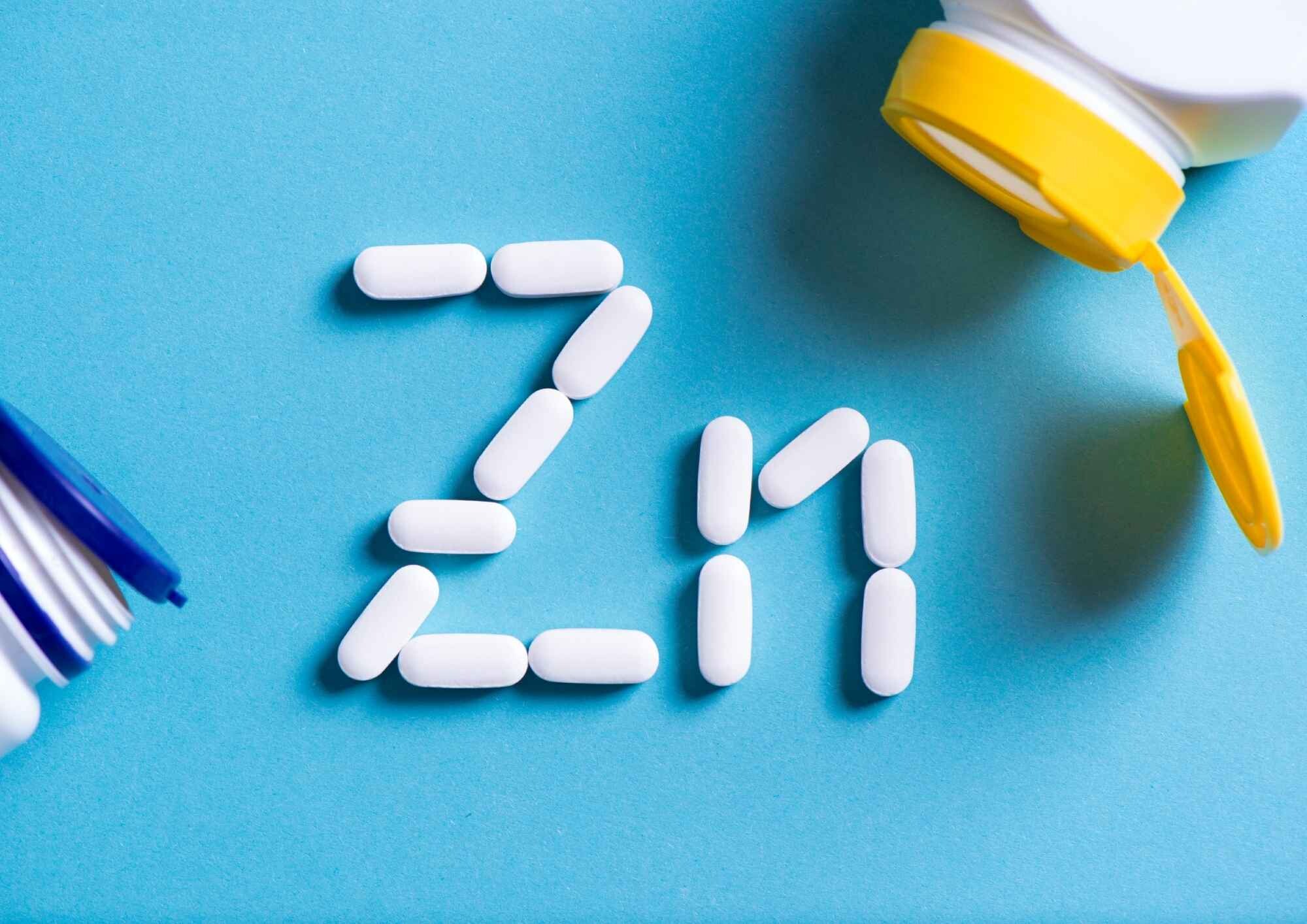 Zink reduziert nachweislich die Krankheitsdauer – Was sagt die Wissenschaft?Zink kann mehr als nur das Immunsystem stärken. Studien zeigen, dass es die Dauer von Erkältungen spürbar verkürzen kann.
Zink reduziert nachweislich die Krankheitsdauer – Was sagt die Wissenschaft?Zink kann mehr als nur das Immunsystem stärken. Studien zeigen, dass es die Dauer von Erkältungen spürbar verkürzen kann. -
 Milk thistle: effect on liver health and detoxificationHow does milk thistle really protect our liver? Find out how silymarin neutralizes free radicals, supports detoxification and what studies say about its effect on fatty liver, hepatitis & co. Find out more now!
Milk thistle: effect on liver health and detoxificationHow does milk thistle really protect our liver? Find out how silymarin neutralizes free radicals, supports detoxification and what studies say about its effect on fatty liver, hepatitis & co. Find out more now! -
 Menopause is not a disease: everything women (and men) should knowHalf of humanity is affected by the menopause. The PRO issue of Health Nerds is all about facts, myths and tips about the menopause.
Menopause is not a disease: everything women (and men) should knowHalf of humanity is affected by the menopause. The PRO issue of Health Nerds is all about facts, myths and tips about the menopause. -
 Stoffwechsel anregen – Ein Guide für mehr Energie, Gesundheit und GewichtsverlustIn diesem Guide erfährst Du, wie Du mit gezielter Ernährung, Bewegung, Schlaf, Stressmanagement und Alltagstricks Deinen Kalorienverbrauch auf natürliche Weise steigerst.
Stoffwechsel anregen – Ein Guide für mehr Energie, Gesundheit und GewichtsverlustIn diesem Guide erfährst Du, wie Du mit gezielter Ernährung, Bewegung, Schlaf, Stressmanagement und Alltagstricks Deinen Kalorienverbrauch auf natürliche Weise steigerst. -
 Hypothyreose und Übergewicht – Aktuelle Erkenntnisse und DatenSchilddrüsenunterfunktion verlangsamt den Stoffwechsel und begünstigt Gewichtszunahme. Erfahre Symptome und Tipps zur Unterstützung Deines Körpers.
Hypothyreose und Übergewicht – Aktuelle Erkenntnisse und DatenSchilddrüsenunterfunktion verlangsamt den Stoffwechsel und begünstigt Gewichtszunahme. Erfahre Symptome und Tipps zur Unterstützung Deines Körpers. -
 Elektrolyte – Die unsichtbaren Regisseure unseres KörpersElektrolyte steuern lebenswichtige Prozesse wie Muskelarbeit, Nervenfunktion und Flüssigkeitshaushalt. Erfahre, warum sie für Gesundheit und Leistung so entscheidend sind.
Elektrolyte – Die unsichtbaren Regisseure unseres KörpersElektrolyte steuern lebenswichtige Prozesse wie Muskelarbeit, Nervenfunktion und Flüssigkeitshaushalt. Erfahre, warum sie für Gesundheit und Leistung so entscheidend sind. -
 Zink reduziert nachweislich die Krankheitsdauer – Was sagt die Wissenschaft?Zink kann mehr als nur das Immunsystem stärken. Studien zeigen, dass es die Dauer von Erkältungen spürbar verkürzen kann.
Zink reduziert nachweislich die Krankheitsdauer – Was sagt die Wissenschaft?Zink kann mehr als nur das Immunsystem stärken. Studien zeigen, dass es die Dauer von Erkältungen spürbar verkürzen kann. -
 Milk thistle: effect on liver health and detoxificationHow does milk thistle really protect our liver? Find out how silymarin neutralizes free radicals, supports detoxification and what studies say about its effect on fatty liver, hepatitis & co. Find out more now!
Milk thistle: effect on liver health and detoxificationHow does milk thistle really protect our liver? Find out how silymarin neutralizes free radicals, supports detoxification and what studies say about its effect on fatty liver, hepatitis & co. Find out more now! -
 Menopause is not a disease: everything women (and men) should knowHalf of humanity is affected by the menopause. The PRO issue of Health Nerds is all about facts, myths and tips about the menopause.
Menopause is not a disease: everything women (and men) should knowHalf of humanity is affected by the menopause. The PRO issue of Health Nerds is all about facts, myths and tips about the menopause. -
 Stoffwechsel anregen – Ein Guide für mehr Energie, Gesundheit und GewichtsverlustIn diesem Guide erfährst Du, wie Du mit gezielter Ernährung, Bewegung, Schlaf, Stressmanagement und Alltagstricks Deinen Kalorienverbrauch auf natürliche Weise steigerst.
Stoffwechsel anregen – Ein Guide für mehr Energie, Gesundheit und GewichtsverlustIn diesem Guide erfährst Du, wie Du mit gezielter Ernährung, Bewegung, Schlaf, Stressmanagement und Alltagstricks Deinen Kalorienverbrauch auf natürliche Weise steigerst. -
 Hypothyreose und Übergewicht – Aktuelle Erkenntnisse und DatenSchilddrüsenunterfunktion verlangsamt den Stoffwechsel und begünstigt Gewichtszunahme. Erfahre Symptome und Tipps zur Unterstützung Deines Körpers.
Hypothyreose und Übergewicht – Aktuelle Erkenntnisse und DatenSchilddrüsenunterfunktion verlangsamt den Stoffwechsel und begünstigt Gewichtszunahme. Erfahre Symptome und Tipps zur Unterstützung Deines Körpers. -
 Elektrolyte – Die unsichtbaren Regisseure unseres KörpersElektrolyte steuern lebenswichtige Prozesse wie Muskelarbeit, Nervenfunktion und Flüssigkeitshaushalt. Erfahre, warum sie für Gesundheit und Leistung so entscheidend sind.
Elektrolyte – Die unsichtbaren Regisseure unseres KörpersElektrolyte steuern lebenswichtige Prozesse wie Muskelarbeit, Nervenfunktion und Flüssigkeitshaushalt. Erfahre, warum sie für Gesundheit und Leistung so entscheidend sind. -
 Zink reduziert nachweislich die Krankheitsdauer – Was sagt die Wissenschaft?Zink kann mehr als nur das Immunsystem stärken. Studien zeigen, dass es die Dauer von Erkältungen spürbar verkürzen kann.
Zink reduziert nachweislich die Krankheitsdauer – Was sagt die Wissenschaft?Zink kann mehr als nur das Immunsystem stärken. Studien zeigen, dass es die Dauer von Erkältungen spürbar verkürzen kann. -
 Milk thistle: effect on liver health and detoxificationHow does milk thistle really protect our liver? Find out how silymarin neutralizes free radicals, supports detoxification and what studies say about its effect on fatty liver, hepatitis & co. Find out more now!
Milk thistle: effect on liver health and detoxificationHow does milk thistle really protect our liver? Find out how silymarin neutralizes free radicals, supports detoxification and what studies say about its effect on fatty liver, hepatitis & co. Find out more now!
Empfohlene Produkte
Holistic support for bones, joints, muscles & skin
For your well-being – inside and outEssential Vitamin for Eyes, Skin, and Immune System
High-Dose Support for Cells & Immune DefenseFor your universal protection
As one of the most valuable proteins in the body, lactoferrin is a natural component of the immune system.For your iron balance
Specially formulated for your iron balance with plant-based curry leaf iron, Lactoferrin CLN®, and natural Vitamin C from rose hips.Holistic support for bones, joints, muscles & skin
For your well-being – inside and outEssential Vitamin for Eyes, Skin, and Immune System
High-Dose Support for Cells & Immune DefenseFor your universal protection
As one of the most valuable proteins in the body, lactoferrin is a natural component of the immune system.For your iron balance
Specially formulated for your iron balance with plant-based curry leaf iron, Lactoferrin CLN®, and natural Vitamin C from rose hips.Holistic support for bones, joints, muscles & skin
For your well-being – inside and outEssential Vitamin for Eyes, Skin, and Immune System
High-Dose Support for Cells & Immune DefenseFor your universal protection
As one of the most valuable proteins in the body, lactoferrin is a natural component of the immune system.For your iron balance
Specially formulated for your iron balance with plant-based curry leaf iron, Lactoferrin CLN®, and natural Vitamin C from rose hips.Holistic support for bones, joints, muscles & skin
For your well-being – inside and outEssential Vitamin for Eyes, Skin, and Immune System
High-Dose Support for Cells & Immune DefenseFor your universal protection
As one of the most valuable proteins in the body, lactoferrin is a natural component of the immune system.For your iron balance
Specially formulated for your iron balance with plant-based curry leaf iron, Lactoferrin CLN®, and natural Vitamin C from rose hips.

